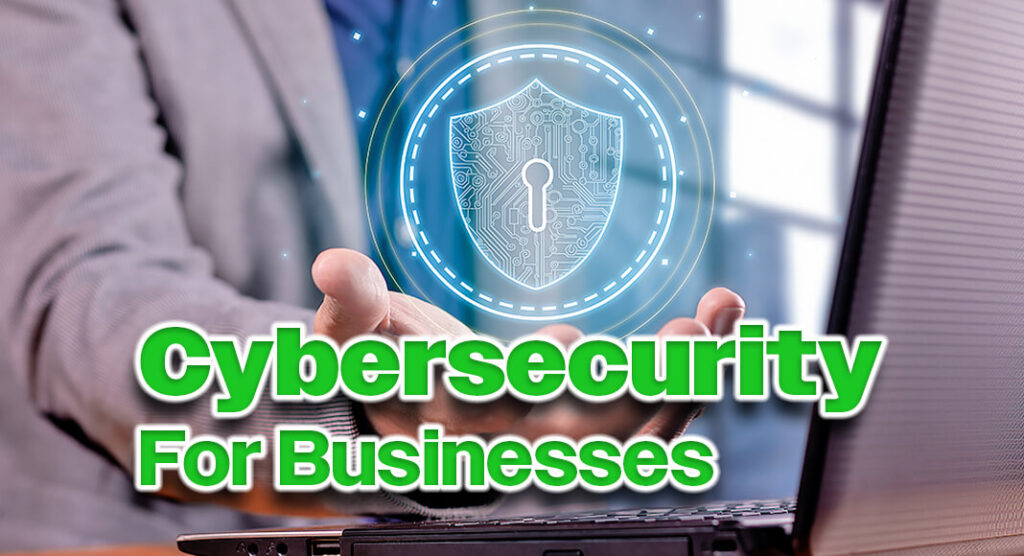
Mega Doctor News
In today’s digital landscape, cyberattacks are no longer a question of “if” but “when.” Businesses of all sizes, from small startups to large enterprises, are targets for hackers looking to steal data, disrupt operations, or demand ransom. As threats become more sophisticated — involving AI-driven phishing scams, ransomware, and social engineering — it’s critical for businesses to adopt a proactive, layered approach to cybersecurity.
Here’s a practical guide to help your business strengthen its defenses and protect sensitive data, employees, and customers from cyber threats.
1. Educate Your Employees
Human error remains one of the biggest security vulnerabilities. Educating your team is the first line of defense.
• Train employees to recognize phishing emails, suspicious links, and social engineering tactics.
• Encourage a culture of security awareness and regular refresher courses.
• Simulate phishing tests to evaluate preparedness.
2. Implement Strong Password Policies
Weak or reused passwords are easy targets for cybercriminals.
• Require complex passwords that combine letters, numbers, and special characters.
• Enforce password changes regularly.
• Use password managers to generate and store credentials securely.
3. Enable Multi-Factor Authentication (MFA)
MFA adds an extra layer of security by requiring a second form of verification.
• Implement MFA across all critical systems and cloud platforms.
• Encourage employees to use MFA for remote access, email, and administrative tools.
4. Keep Software and Systems Updated
Outdated software can contain vulnerabilities that hackers exploit.
• Regularly install updates and security patches for operating systems, software, and devices.
• Use automated patch management tools to streamline this process.
5. Backup Your Data — Regularly
A reliable backup strategy can save your business in the event of a ransomware attack or data breach.
• Use both cloud and physical backup solutions.
• Test backups regularly to ensure they can be restored quickly and fully.
6. Secure Your Network
Your company’s network is the gateway to your data — keep it locked down.
• Use firewalls, intrusion detection/prevention systems, and secure Wi-Fi.
• Segment networks to limit access between departments or sensitive systems.
• Restrict access to only those who need it.
7. Monitor and Respond to Threats
Early detection can prevent a minor breach from becoming a major disaster.
• Use cybersecurity software and endpoint detection tools to monitor for suspicious activity.
• Consider hiring a Managed Security Service Provider (MSSP) if your internal IT team needs support.
• Have an incident response plan in place, and rehearse it regularly.
8. Vet Your Vendors and Third-Party Access
Your security is only as strong as your weakest link — and that might be a vendor.
• Evaluate third-party partners for their cybersecurity practices.
• Limit external access to only necessary systems.
• Use contracts and service-level agreements (SLAs) that include cybersecurity requirements.
9. Encrypt Sensitive Data
Encryption protects your data, even if it’s stolen.
• Encrypt data both at rest and in transit.
• Use secure protocols (like HTTPS and VPNs) for remote work and sensitive transactions.
10. Have a Cyber Insurance Policy
Cyber liability insurance can provide a safety net for the financial and legal consequences of a breach.
• Evaluate policies that cover ransomware, data recovery, business interruption, and legal costs.
• Work with a provider who understands your industry’s specific risks.
Conclusion: Stay Vigilant, Stay Secure
Cybersecurity is an ongoing process — not a one-time setup. As attacks evolve, so must your defense strategy. By implementing strong cybersecurity practices, you’re not only protecting your business’s data and reputation but also building trust with your clients and partners.
Start with the basics, train your team, and invest in the right tools. In a connected world, every business is a target, but not every business has to be a victim.









